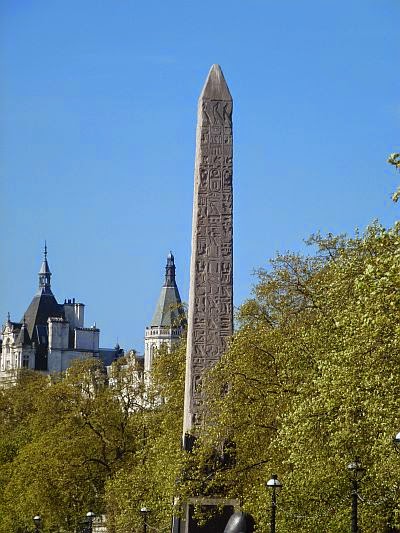A friend of mine used to own a house in an abandoned village. It was a symbolic kind of ownership: he paid no rates nor taxes, because there were no services and the place had no value. He just had his name on the title, and a key, which is not something you necessarily needed to enter the old stone cottage.
I say that the village was abandoned, but in fact the last time I visited it had one half of resident: a retired gentleman known as ‘the Mayor’ who lived there for six months in the year. The nearest road was a 90-minute hike away, and ended in a town called Cicogna – a comparative metropolis with its population of 17. Visitors brought the Mayor wine and other supplies from the shop. Then, once a year, people came to commemorate the massacre of partisans who had repaired here during the civil war.
 |
| Image by Kapuzina |
They said that wild horses had returned to the valley, although we didn’t see any.
I didn’t take any pictures on my visit to Valgrande, but now the internet is full of them, and I see that a couple of the cottages have been fixed up. One of them – it could even be my friend’s – has solar panels and a dish for digital television. Civilisation encroaches again on the ruins and their melancholy beauty. It’s almost a pity. It spoils the photo albums.
It has become its own genre, sometimes sardonically referred to as ruin porn. The ruins of Detroit. The death of Salton City. The death of Kosmograd. Vacant New York interiors at The Kingston Lounge. The ghost island of Hashima. Ghost stations of the Paris Metro. And the endless, ever-growing list of compilation albums, like Buzzfeed’s ‘33 most beautiful abandoned places in the world’, repackaging those photographic projects for quicker and more casual consumption, in perfect retronaut fashion. I'll play too.
This is the belltower of the old church of Curon, near Bolzano, in the Italian Alps. It was submerged in 1950 when the area was flooded to create a hydro lake. When the lake freezes, in Winter, you can walk to the belltower.
The old town of Craco, in southern Italy, which was abandoned after the Irpinia earthquake of 1980.
 |
| Image by Brendon P. Davis |
 |
| Image from The Kingston Lounge |
The abandoned cosmodrome at Baikonur, Kazakhstan, seen from the sky.
A caravan in Salton City, like a frame from John Hillcoat’s film adaptation The Road.
And this astonishing interior in Kolmanskop, Namibia, straight out of Tarkovsky’s Stalker.
What these images have in common – even the one taken from the sky – is that they were framed by or for the human eye, which is another way to say that what they have in common is their beauty. And that we find some of these places beautiful is not unproblematic, since they came to be abandoned not by choice but as a result of neglect, or exploitation, or so that banks could be bailed out instead, and when people lived in them, or used them, they may have been less beautiful, but they sustained social or material needs. Besides, the death of a community is seldom without trauma.
But there’s something else I want to get at. The first image in Buzzfeed’s expertly assembled sampler is the Christ of the Abyss at San Fruttuoso, near Camogli, a place I visited this year.
However, the statue was never ‘abandoned’: it was placed exactly there from the beginning, in 1954, 15 metres under the surface of the sea, for divers to admire and so it could protect them. Over time, as a result of what we might characterise as planned neglect, it has become encrusted with generations of molluscs, so that – barring periodic restorations – we can envisage that over time it will lose its recognisable human shape, as Greek statues lost theirs in the Mediterranean over a couple of millennia. But it is still human, for now, and still distinctly Christ-like, for those of us who are culturally attuned to that particular human form.
They won’t be forever. And a species on the brink, such as we are, would do well to reflect that these pleasing images of ruin and decay – which we admire and share even as whole island nations slip under the sea – promise to be multiplied in the years to come. And when they do, when even Buzzfeed struggles to digest them and keep up, we may cease to see their appeal, and start catching on to what is decidedly un-human about them: a world without us.
It doesn’t matter that they made an entire television series about it, and that it truly was apocalypse porn: that is the future that we cannot imagine. For there is no leap of the mind that allows you to unsee the shape of a village, or a house, or the Christ, if you happen to know what those things look like. Yet as soon as the planet has rid itself of people, cities will stop being cities, and become strange accretions of metals and stone and glass, as unlikely but also as meaningless and purposeless as an abandoned termitarium. Ultimately devoid of beauty, too, because beauty exists only for us.





















.jpg)
















